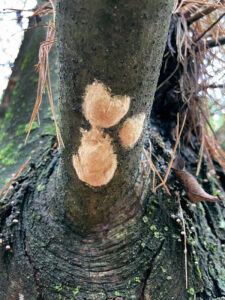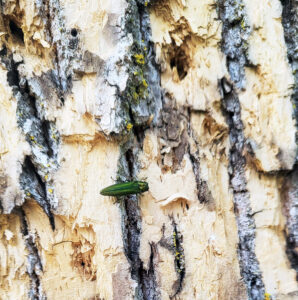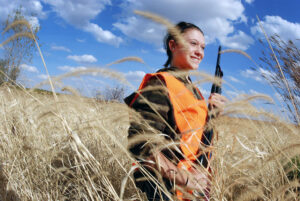By Dan Buckler, DNR Urban Forest Assessment Specialist, Milwaukee, Daniel.Buckler@wisconsin.gov or 608-445-4578
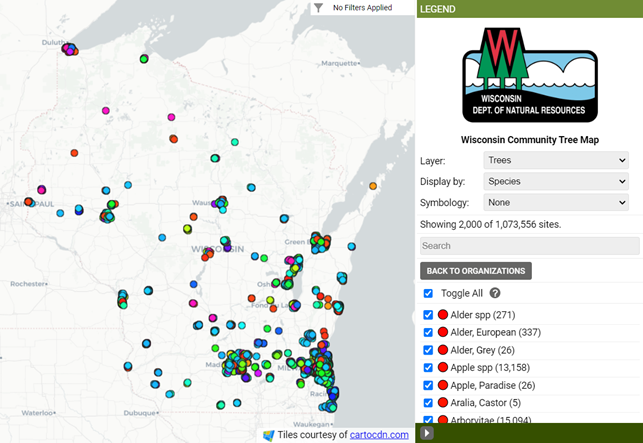 Ever since it launched in 2017, the Wisconsin Community Tree Map has been building a collective inventory of urban trees across the state. Now a milestone has been passed: over one million trees are in the database, giving users an expansive look at much of our urban forest.
Ever since it launched in 2017, the Wisconsin Community Tree Map has been building a collective inventory of urban trees across the state. Now a milestone has been passed: over one million trees are in the database, giving users an expansive look at much of our urban forest.
Visitors to the tree map, a compilation of tree inventories from over 200 organizations, can use the tool to learn more about their local trees, such as species composition, size distribution, or even some of the ecosystem services those trees provide. Users can filter by certain attributes or areas to further identify trees of interest. Overall, it can be a powerful management, scientific, marketing and educational tool.
Continue reading “One Million Trees Now In Wisconsin Community Tree Map”

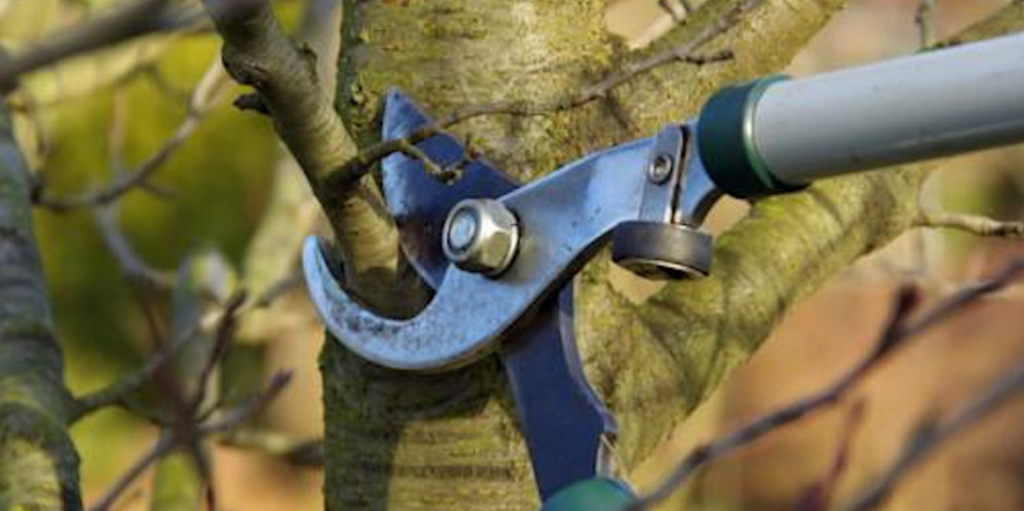 The Wisconsin Department of Natural Resources (DNR) and UW-Madison Extension have teamed up to offer young tree training pruning workshops at five locations around the state. Wachtel Tree Science will be presenting the information in a morning-indoors-afternoon-outside format. The cost is $35 including lunch, and ISA Continuing Education Units (CEUs) will be offered.
The Wisconsin Department of Natural Resources (DNR) and UW-Madison Extension have teamed up to offer young tree training pruning workshops at five locations around the state. Wachtel Tree Science will be presenting the information in a morning-indoors-afternoon-outside format. The cost is $35 including lunch, and ISA Continuing Education Units (CEUs) will be offered. 
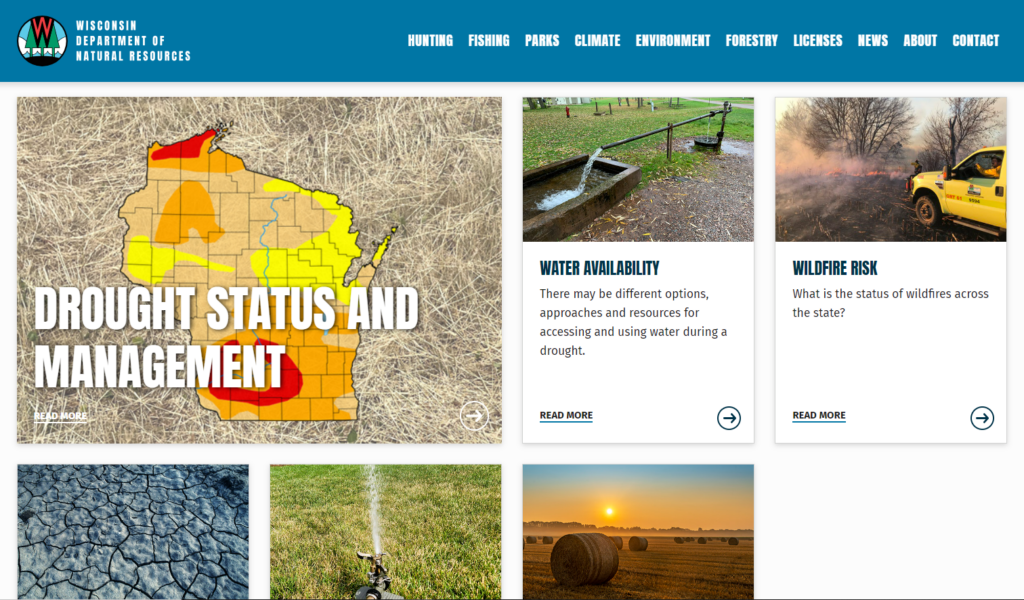 The Wisconsin Department of Natural Resources (DNR) recently launched a
The Wisconsin Department of Natural Resources (DNR) recently launched a  September is back to school month. How do you get those kids to settle down and focus after three months off? The answer is as simple as walking right outside your front door! Exposure to nature has been shown to positively impact students, from improved academic performance and focus, to reduced Attention Deficit Hyperactivity Disorder (ADHD) symptoms.
September is back to school month. How do you get those kids to settle down and focus after three months off? The answer is as simple as walking right outside your front door! Exposure to nature has been shown to positively impact students, from improved academic performance and focus, to reduced Attention Deficit Hyperactivity Disorder (ADHD) symptoms. 